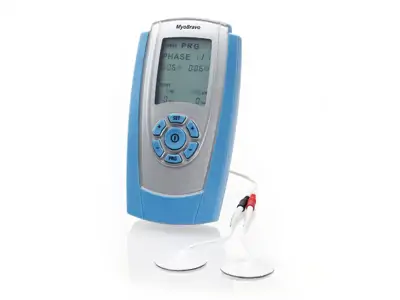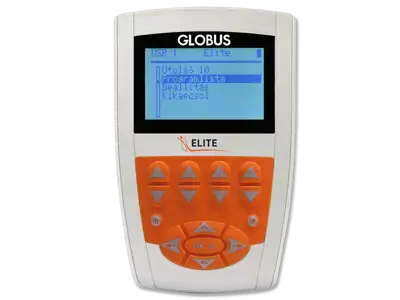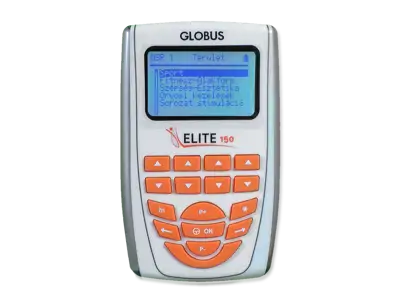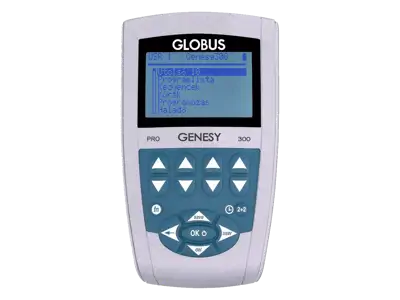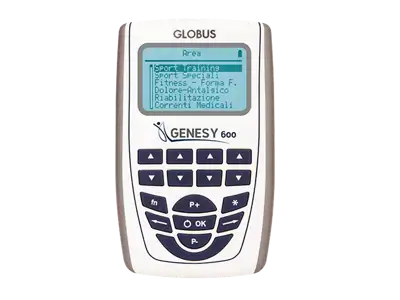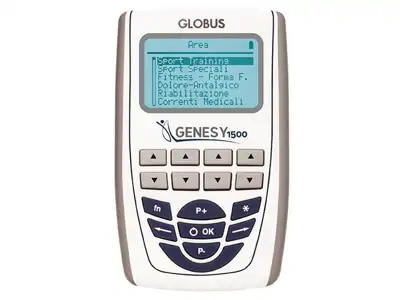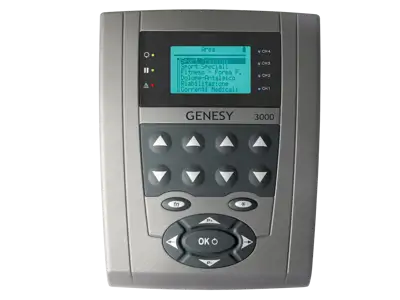Stroke
Stroke often results in partial or complete immobility of a body part. Paralysis is caused by damage to the motor area of the brain.
Read more...During a stroke, part of the motor area of your brain may be damaged and as a result a particular muscle or muscle group may become paralysed.This is because the motor impulses from the damaged area of the brain do not go to the muscle.
The aim of rehabilitation is to exercise until another area of your brain "learns" to take over the previous motor function. By practising incessantly - even when you don't move - you can retrain your brain to move the paralysed muscle.
One estimate is that it takes tens of thousands of repetitions to relearn. In other words, you need incessant exercise, even when there seems no hope!
- If you sit in your armchair after a stroke, slumped over, doing nothing, you have no chance of recovery.
- If someone comes along occasionally to move your paralysed hand, to flex your muscles, but you still do nothing yourself, your chances of improvement are not improving.
- If a muscle stimulator is used daily to treat your paralysed muscles, you have already taken one tiny step towards recovery. But that's far from enough for breakthrough success.
- If you're incessantly trying to repeat the movements you've lost, your brain is constantly working to find a connection with the ailing muscle. This will already improve your chances.
- The most effective method is to combine advanced electrotherapy treatment (biofeedback and/or ETS) with deliberate movement attempts. This will increase your chances of regaining lost function many times over!
You should start combining exercise with stimulation as soon as possible after the onset of paralysis. Immediately after the life threat has been averted. Continue in the hospital and at home. It may take months or even 1-2 years to achieve the desired results.
To treat central paralysis, you need at least one good quality muscle stimulator. A device called an ETS, which electrically stimulates the paralysed muscle by detecting your voluntary movement, is preferable.
Back to top...